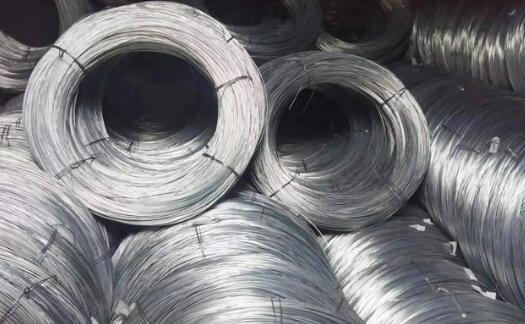Chain Link Fence Repair Ensuring Durability and Security
Chain link fences are a popular choice among homeowners and businesses due to their versatility, affordability, and durability. These fences provide an effective solution for security, enclose properties, and define boundaries. However, like any structure, chain link fences can suffer from wear and tear over time. Regular maintenance and timely repairs are essential to ensure that your fence remains functional and secure. In this article, we will explore common issues associated with chain link fences and provide a guide on how to repair them effectively.
Common Issues with Chain Link Fences
1. Rust and Corrosion One of the most common problems with chain link fences is rust, especially in areas exposed to moisture. Over time, the metal can corrode and weaken the structure, compromising its integrity.
2. Bent or Damaged Posts Chain link fences rely on sturdy posts to maintain their structure. Heavy winds, impacts from vehicles, or falling trees can bend or break these posts, causing parts of the fence to sag or collapse.
3. Torn or Loose Mesh The chain link fabric can become torn due to environmental factors, vandalism, or animal activity. Loose or torn sections not only detract from the fence's appearance but can also create security vulnerabilities.
4. Loose Tension Wire The tension wire at the bottom of the fence keeps it taut and secure. Over time, this wire may loosen, leading to sagging or shifting within the fence.
Repairing Your Chain Link Fence
Repairing a chain link fence is generally a manageable task that can be completed with a few tools and materials. Here’s a step-by-step guide to handle some common issues
1. Repairing Rust and Corrosion
chain link fence repair

- Assessment Inspect your fence for rusted areas. The earlier you catch them, the easier it is to repair. - Cleaning Use a wire brush or sandpaper to remove rust from the affected areas thoroughly. - Protection After cleaning, apply a rust-resistant paint or a galvanizing spray to prevent further corrosion.
2. Straightening Bent Posts
- Assessment Identify which posts are bent or damaged. - Tools Needed You may require a post puller or a simple method using a jack. - Repairing If the post is merely bent, exert careful pressure to straighten it. If it’s severely damaged, it may need to be replaced entirely.
3. Fixing Torn Mesh
- Assessment Locate any tears or holes in the fabric. - Patching Use a piece of leftover chain link or wire to patch small tears. For larger holes, you may need to remove a section of the mesh and replace it entirely. - Securing Make sure to secure the new or patched link to the fence frame using tie wires.
4. Reattaching Loose Tension Wire
- Assessment Check the tension wire and identify any loose sections. - Reattaching Use pliers to tighten loose sections. If necessary, utilize a new tension wire which can be attached to the bottom of the fence posts to provide stability.
Conclusion
Regular maintenance and prompt repairs are key to extending the lifespan of your chain link fence. By addressing issues like rust, bent posts, torn mesh, and loose wires promptly, you not only preserve the functionality and appearance of your fence but also ensure the security of your property. A well-maintained chain link fence can last for decades, providing peace of mind and protection for your home or business. If you’re unsure about any repair process, consider consulting a professional for assistance to ensure the job is done correctly.

















